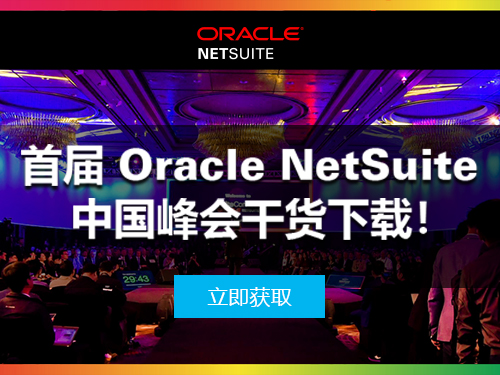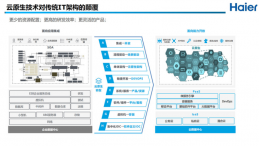IT要求云供應商提供安全性、性能和可靠性功能——但是要以昂貴的云為代價
谷歌上周宣布,其高復制數據存儲已走出試驗階段;現在已成為谷歌Google App Engine 軟件開發工具包中真正的一部分。“云供應商都將沖出企業IT,通過從現有私有企業計算環境中提取出的附加功能,去處理云計算擔憂,包括安全性、性能以及可用性。”這是2012年主要趨勢之一。
過去,許多云供應商駁回添加功能來復制企業數據中心中存在的數據請求。通常情況下,他們認為傳統企業計算方法過于復雜,過于費解,也過于昂貴。事實上,許多人甚至把這種批評稱為:“企業狀態”。
現在,谷歌App Engine可以跨多個數據中心復制數據,因此可以在影響單個實例的維修和中斷情況發生時繼續有效工作。這一服務是企業移入公共云之前對此功能要求的結果。
企業云安全功能也在尋找在公共云計算堆棧中生存的途徑。一些企業當前提供復雜但高效的安全性,特別是在那些將要采用公共云的企業中。這同樣適用于管理和支配功能。
許多企業IT組織機構表明自己的功能才是緊要使命,并稱充分了解云供應商還沒有提供這樣的功能,他們通過這種方式來阻止云計算的應用。現在,云供應商通過在指示說明中加入這些特點來要求IT攤牌(或是根據自己的看法在處理這些緊急使命需求)。運供應這樣做也可以增加收入——這似乎合乎常理。
這一過程中出現的問題在于,許多云計算領域有價值的東西就是簡潔和價格優勢——但這會隨著供應商增加功能而快速消失。好的方面是企業將沒有借口不移入云計算,并且2012年和2013年的云應用將加快增長。然而,隨著云服務越來越像企業軟件,云計算的核心價格優勢也會逐漸喪失。
IT demands that cloud providers offer security, performance, and reliability features -- but the price may be costlier clouds.
Google announced last week the end of the "experimental" availability of its high-replication data store; it's now a "real" part of the Google App Engine SDK. This is part of a key 2012 trend: Cloud providers will rush to address cloud computing concerns from enterprise IT -- including security, performance, and availability -- through the addition of features taken from existing private enterprise computing environments.
In the past, many cloud providers dismissed requests that features be added to replicate what existed in enterprise data centers. Typically, they referred to traditional enterprise computing methods as overly complex, convoluted, and costly. Indeed, many even gave this criticism a name: "enterprisey."
Now, Google App Engine can replicate data across multiple data centers, and thus work around availability issues in the case of maintenance and outages that affect a single instance. This offering is a result of businesses demanding such features before they move to the public cloud.
Enterprise cloud security features are also finding their way into existing public cloud computing stacks. Some now provide complex but effective security, typically on the check lists of enterprises about to adopt public clouds. The same goes for management and governance features.
Many enterprise IT organizations are putting up roadblocks to the adoption of cloud computing by listing features that they assert are mission-critical, knowing full well that the cloud providers do not yet provide such features. Now, cloud providers are calling the IT bluff (or addressing these mission-critical requirements, depending on your point of view) by adding these features to their road maps. Also, by doing this, the cloud providers are able to increase revenues -- seems logical.
The problem I have with this process is that much of what's valuable in the world of cloud computing is the simplicity and cost advantage -- which is quickly going away as cloud providers pile on features. The good news is that enterprises won't have an excuse not to move to cloud computing, and adoption will accelerate in 2012 and 2013. However, as cloud offerings appear to be more and more like enterprise software, the core cost advantage of cloud computing could be eroding.










































































































 京公網安備 11010502049343號
京公網安備 11010502049343號